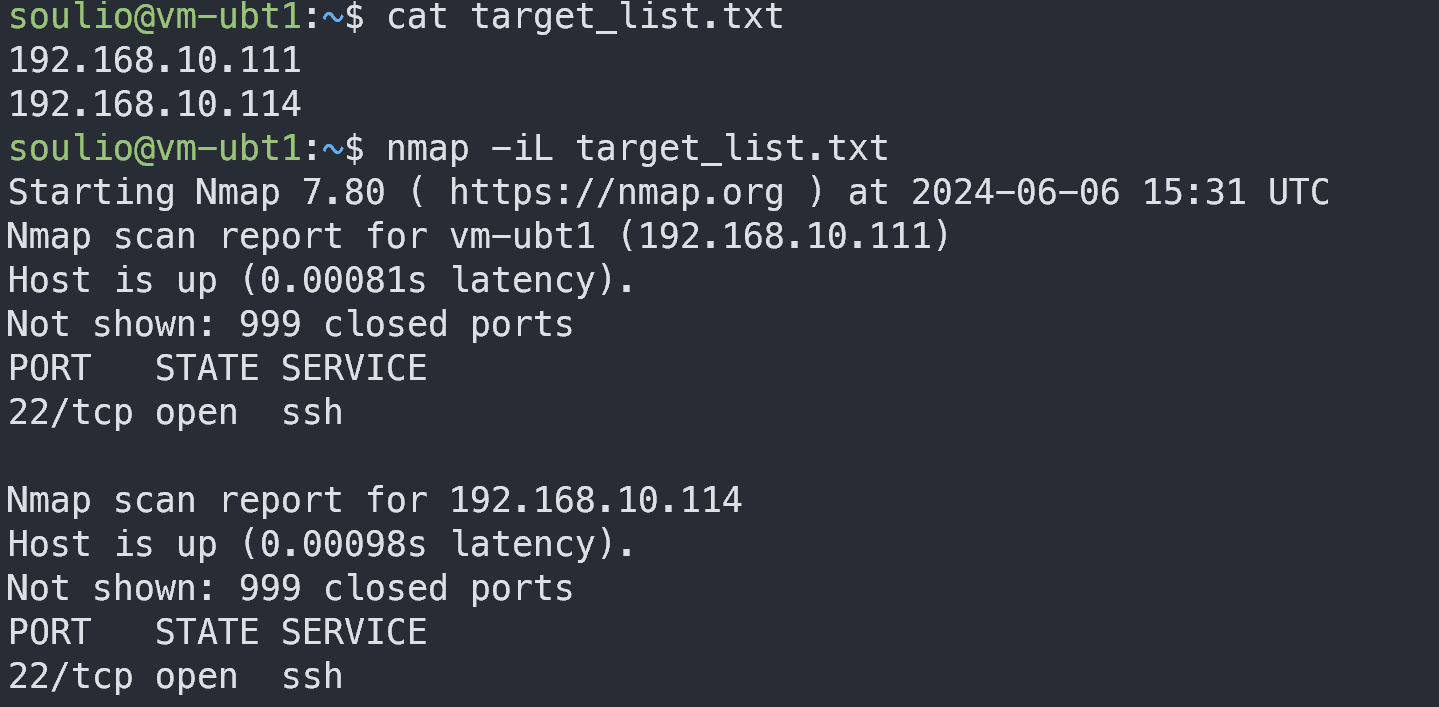一.string类介绍
C语言中,字符串是以’\0’结尾的一些字符的集合,为了操作方便,C标准库中提供了一些str系列的库函数,但是这些库函数与字符串是分离开的,不太符合OOP的思想,而且底层空间需要用户自己管理,稍不留神可能还会越界访问。
C++中将string封装为单独的类,string 类是 C++ 标准库中的一个非常重要的类,用于表示和操作字符串。string类位于命名空间std(标准库)下,使用string类记得加上头文件#include,并且使用命名空间using namespace std或者using std::string。注意:string低层还是模版。

二.string类的常用接口
1.构造函数(constructor)
1、无参构造:string(); 构造空的string类对象,即空字符串。常用。
2、有参构造:string (const char* s); 用常量字符串来构造string类对象常用。
3、拷贝构造:string (const string& str); 用str拷贝构造string类对象常用。
4、string (const string& str, size_t pos, size_t len = npos); 构造从下标pos开始,长度为len的子串,含缺省参数npos。
5、string (const char* s, size_t n); 构造前n个字符组成的子串。
6、string (size_t n, char c); 构造n个字符c组成的字符串。
int main()
{
string s1;
string s2("hello xzy");
string s3(s2);
string s4(s2, 6, 3);
string s5("hello xzy", 5);
string s6(10, 'x');
cout << s1 << endl;//输出:
cout << s2 << endl;//输出:hello xzy
cout << s3 << endl;//输出:hello xzy
cout << s4 << endl;//输出:xzy
cout << s5 << endl;//输出:hello
cout << s6 << endl;//输出:xxxxxxxxxx
return 0;
}
2、析构函数(destructor)
~string(); 程序结束前自动调用,释放堆区动态开辟的资源
3.运算符重载(operator )
1.operator=
- string& operator= (const string& str); 常用。
- string& operator= (const char* s);
- string& operator= (char c);
int main()
{
string s1;
string s2;
string s3;
//赋值重载
s1 = "hello xzy";
s2 = s1;
s3 = 'v';
//拷贝构造
string s4 = s1;
cout << s1 << endl;//输出:hello xzy
cout << s2 << endl;//输出:hello xzy
cout << s3 << endl;//输出:v
cout << s4 << endl;//输出:hello xzy
return 0;
}
2.operator[ ]
int main()
{
string s1("hello xzy");
s1[6] = 'w';
s1[7] = 'j';
s1[8] = '\0';
cout << s1 << endl; //输出:hello wj
s1[10] = 'A'; //下标越界,内部断言assert报错
return 0;
}
3.operator+=
- string& operator+= (const string& str); 常用。
- string& operator+= (const char* s);
- string& operator+= (char c);
int main()
{
string s1("hello xzy");
string s2(" how are you");
s1 += s2;
cout << s1 << endl;
s1 += "???";
cout << s1 << endl;
s1 += '!';
cout << s1 << endl;
return 0;
}
4.operator+
- string operator+ (const string& lhs, const string& rhs);
- string operator+ (const string& lhs, const char* rhs);
- string operator+ (const char* lhs, const string& rhs);
int main()
{
string s1("hello");
string s2 = s1 + " world";
string s3 = "xzy " + s1;
string s4 = s2 + s3;
cout << s2 << endl; //hello world
cout << s3 << endl; //xzy hello
cout << s4 << endl; //hello worldxzy hello
return 0;
}
4、string的四种迭代器(iterator)
迭代器是一种用于遍历容器元素的对象(并非类,而是设计模式中的一种行为模式),它提供了一种通用的访问容器元素的方式,无论容器的类型和数据结构如何。迭代器在C++标准库中被广泛使用,特别是在处理如vector、list、map等容器时。
1.正向迭代器 iterator
返回正向迭代器:可以修改字符串。
1、iterator begin(); 返回字符串的第一个字符。
2、iterator end(); 返回字符串最后一个有效字符(不含\0)的下一个字符。


int main()
{
string s1("hello ryc");
string::iterator it = s1.begin();
while (it != s1.end())
{
cout << *it << " ";
++it;
}
cout << endl;
return 0;
}2.反向迭代器 reverse_iterator
返回反向迭代器:可以修改字符串。
reverse_iterator rbegin(); 返回字符串最后一个有效字符(不含\0)。
reverse_iterator rend(); 返回字符串第一个字符的前一个字符。

int main()
{
string s1("hello ryc");
string::reverse_iterator rit = s1.rbegin();
while (rit != s1.rend())
{
cout << *rit << " ";
rit++;
}
cout << endl;
return 0;
}3.const修饰的正向迭代器 const_iterator
返回const修饰的正向迭代器:不可以修改字符串。
- const_iterator begin() const;
- const_iterator end() const;
4.const修饰的反向迭代器 const_reverse_iterator
返回const修饰的反向迭代器:不可以修改字符串。
- const_reverse_iterator rbegin() const;
- const_reverse_iterator rend() const;
 5.string类对象的容量操作
5.string类对象的容量操作
- size_t size() const; 返回字符串有效字符长度(不包括\0)。常用。
- size_t length() const; 返回字符串有效字符长度(不包括\0)。
- size_t capacity() const; 返回空间总大小(不包括\0)。常用。
- void resize (size_t n); 为字符串预留大于等于n的空间(不包括\0),避免扩容,提高效率。常用。
- void clear(); 清空数据,但是一般不清容量。常用。
- bool empty() const; 判断是否为空。常用。
注意:
- size()与length()方法底层实现原理完全相同,引入size()的原因是为了与其他容器的接口保持一致,一般情况下基本都是用size()。
- clear()只是将string中有效字符清空,不改变底层空间大小。
6.string类对象的修改操作
- void push_back (char c); 在字符串后尾插字符c。
- void pop_back(); 在字符串尾删一个字符。
- string& append (const string& str); 在字符串后追加一个字符串。
- string& assign (const string& str, size_t subpos, size_t sublen); 拷贝字符串:从下标为subpos开始,拷贝长度为sublen的字符串到string类对象里面。
- string& insert (size_t pos, const string& str); 在pos位置处插入字符串到string类对象里面。(由于效率问题(移动数据),谨慎使用)。
- string& erase (size_t pos = 0, size_t len = npos); 从pos位置开始删除长度为npos个字符。(由于效率问题(移动数据),谨慎使用)。
- void swap (string& str); 交换字符串。
- string& replace (size_t pos, size_t len, const string& str); 从pos位置开始的长度为len的子串,替换为str。(伴随着插入与删除,效率低,谨慎使用)。
int main()
{
string s1("hello ryc");
s1.push_back('!');
cout << s1 << endl;
s1.pop_back();
cout << s1 << endl;
s1.append("666");
cout << s1 << endl;
//可以使用+=代替尾差
s1 += "maldsk";
cout << s1 << endl;
s1.insert(0, "why");
cout << s1 << endl;
string s2("why did you do so? I don't know!");
s2.erase(0, 1);
cout << s2 << endl;
s2.replace(0,2,"adw2y");
cout << s2 << endl;
string s5("hello x hello x");
string tmp;
tmp.reserve(s5.size());
for (auto ch : s5)
{
if (ch == 'x')
{
tmp += "xy";
}
else
{
tmp += ch;
}
}
cout << tmp << endl;
swap(tmp, s5);
cout << s5 << endl;
return 0;
}9、const char* c_str() const; 返回C格式字符串。方便调用C中的接口。
7.string类对象的查找操作
- string substr (size_t pos = 0, size_t len = npos) const; 找子串:返回从pos位置开始,长度为npos的string类。
- size_t find (char c, size_t pos = 0) const; 从字符串pos位置开始往后找字符c,返回该字符在字符串中的位置。
- size_t rfind (char c, size_t pos = npos) const; 从字符串pos位置开始往前找字符c,返回该字符在字符串中的位置。找不到返回-1。
- size_t find_first_of (const char* s, size_t pos = 0) const; 从字符串pos位置开始从前往后找字符串s中出现的字符,返回该字符在字符串中的位置。
- size_t find_last_of (const char* s, size_t pos = npos) const; 从字符串pos位置开始从后往前找字符串s中出现的字符,返回该字符在字符串中的位置。
- size_t find_first_not_of (const char* s, size_t pos = 0) const; 从字符串pos位置开始从前往后找字符串s中没有出现的字符,返回该字符在字符串中的位置。
- size_t find_last_not_of (const char* s, size_t pos = npos) const; 从字符串pos位置开始从后往前找字符串s中没有出现的字符,返回该字符在字符串中的位置。
int main()
{
//suffix:后缀
string s1("test.cpp");
size_t pos1 = s1.find(".");
string suffix1 = s1.substr(pos1);
cout << suffix1 << endl; //.cpp
string s2("test.cpp.zip");
size_t pos2 = s2.rfind(".");
string suffix2 = s2.substr(pos2);
cout << suffix2 << endl; //.zip
string s3("hello ryc");
size_t found = s3.find_first_of("ryc");
while (found != string::npos)
{
s3[found] = '*';
found = s3.find_first_of("ryc", found + 1);
}
cout << s3 << endl; //hello ***
string str1("/user/bin/man");
cout << endl << str1 << "的路径名与文件名如下:" << endl;
size_t found1 = str1.find_last_of("/\\");
cout << "path:" << str1.substr(0, found1) << endl;
cout << "file:" << str1.substr(found1 + 1) << endl;
string str2("c:\\windows\\winhelp.exe");
cout << endl << str2 << "的路径名与文件名如下:" << endl;
size_t found2 = str2.find_last_of("/\\");
cout << "path:" << str2.substr(0, found2) << endl;
cout << "file:" << str2.substr(found2 + 1) << endl;
return 0;
}
8.string类对象的遍历操作
1.下标 + []
int main()
{
string s1("hello ryc");
for (int i = 0; i < s1.size(); i++)
{
s1[i] += 2;
cout << s1[i] << " ";
}
cout << endl << s1 << endl;
return 0;
}2.迭代器
int main()
{
string s1("hello ryc");
string::iterator it = s1.begin();
while (it != s1.end())
{
*it += 2;//可以修改
cout << *it << " ";
++it;
}
cout << endl << s1 << endl;
return 0;
}3.auto和范围for
int main()
{
string s1("hello ryc");
//范围for 自动迭代 自动判断结束
//底层就是迭代器
for (auto ch : s1)
{
ch += 2;//修改ch对s1无影响,ch是它的拷贝
cout << ch << " ";
}
cout << endl << s1 << endl;
return 0;
}int main()
{
string s1("hello ryc");
//范围for 自动迭代 自动判断结束
//底层就是迭代器
for (auto& ch : s1)
{
ch += 2;//修改ch对s1无影响,ch是它的拷贝
//加上引用即可!
cout << ch << " ";
}
cout << endl << s1 << endl;
return 0;
}1.auto关键字
- 在早期C/C++中auto的含义是:使用auto修饰的变量,是具有自动存储器的局部变量,后来这个不重要了。C++11中,标准委员会变废为宝赋予了auto全新的含义即:auto不再是一个存储类型指示符,而是作为一个新的类型指示符来指示编译器,auto声明的变量必须由编译器在编译时期 推导而得。
- 用auto声明指针类型时,用auto和auto*没有任何区别,但用auto声明引用类型时则必须加&。
- 当在同一行声明多个变量时,这些变量必须是相同的类型,否则编译器将会报错,因为编译器实际只对第一个类型进行推导,然后用推导出来的类型定义其他变量。
- auto不能作为函数的参数,可以做返回值,但是建议谨慎使用。
- auto不能直接用来声明数组。
2.范围for
- 对于一个有范围的集合而言,由程序员来说明循环的范围是多余的,有时候还会容易犯错误。因此C++11中引入了基于范围的for循环。for循环后的括号由冒号“ :”分为两部分:第一部分是范围内用于迭代的变量,第二部分则表示被迭代的范围,自动迭代,自动取数据,自动判断结束。
- 范围for可以作用到数组和容器对象上进行遍历。
- 范围for的底层很简单,容器遍历实际就是替换为迭代器,这个从汇编层也可以看到。
int main()
{
int array[] = { 1,2,3,4,5 };
for (auto i : array)
{
cout << i << " ";
}
cout << endl;
return 0;
}三、非成员函数:getline()
istream& getline (istream& is, string& str, char delim); delim:分隔符
istream& getline (istream& is, string& str);
类似C语言中的scanf(“%s”, str),但是其遇到空格会停止;
C++中引入了getline优化了scanf遇到的问题,默认遇到\n才停止,也可以自定义停止字符delim。
#include <iostream>
#include<string>
using namespace std;
int main()
{
string str;
getline(cin, str);
size_t pos = str.rfind(' ');
string sub = str.substr(pos + 1);
cout << sub.size() << endl;
}
![BUUCTF [SCTF2019]电单车详解两种方法(python实现绝对原创)](https://i-blog.csdnimg.cn/direct/6ab9804db47447efbe17ba9dc39d1f04.png)


















